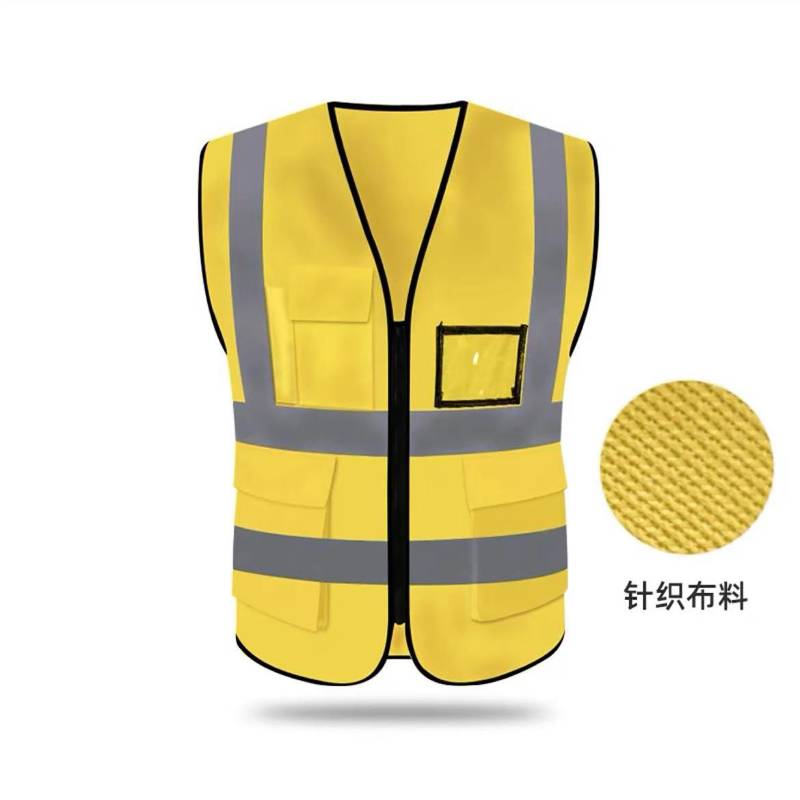- Afrikaans
- Albanian
- Arabic
- Armenian
- Basque
- Belarusian
- Bengali
- Bulgarian
- Croatian
- Czech
- Danish
- Dutch
- English
- Esperanto
- Finnish
- French
- German
- Greek
- Hebrew
- Hindi
- Indonesian
- irish
- Italian
- Japanese
- Javanese
- kazakh
- Rwandese
- Korean
- Kyrgyz
- Latin
- Latvian
- Luxembourgish
- Malay
- Myanmar
- Nepali
- Persian
- Polish
- Portuguese
- Romanian
- Russian
- Serbian
- Slovak
- Spanish
- Swedish
- Tagalog
- Tajik
- Turkish
- Ukrainian
- Uzbek
- Vietnamese
Nov . 10, 2024 09:16 Back to list
Heat Resistant Gloves for Effective Hand Protection in High Temperature Environments
Hand Gloves for Heat Protection Essential Safety Gear
In many industrial settings, particularly those involving high temperatures, the protection of workers' hands is paramount. Hand gloves designed for heat protection are essential safety gear that not only safeguards against burns and thermal injuries but also enhances overall productivity. This article delves into the significance of heat-resistant gloves, their materials, applications, and best practices for use.
Importance of Heat-Resistant Gloves
Workers in fields such as construction, metalworking, glass production, and food services often encounter extreme temperatures. Exposure to hot surfaces, molten materials, or heated tools can lead to severe injuries, including burns and thermal shock. Heat-resistant gloves serve as a barrier between the skin and heat sources, significantly reducing the risk of injury. Moreover, they improve grip and dexterity, allowing workers to handle hot objects safely and efficiently.
Materials Used in Heat-Resistant Gloves
The effectiveness of heat-resistant gloves largely depends on the materials from which they are made. Common materials include
1. Leather Often used for its durability and natural heat resistance, leather gloves provide good protection against moderate heat while offering flexibility and grip.
2. Kevlar Known for its exceptional strength and resistance to heat, Kevlar gloves are a popular choice in industries that require both protection and dexterity.
3. Nomex This synthetic fiber is often used in gloves that need to resist high temperatures without melting. Nomex gloves are particularly prevalent in firefighting and electrical applications.
4. Silicone Frequently used in cooking and baking, silicone gloves provide high heat resistance and are easy to clean, making them ideal for food service applications.
5. Fiberglass Sometimes blended with other materials, fiberglass provides superior protection against extreme heat and is commonly used in furnace operations and metalwork.
Applications of Heat-Resistant Gloves
hand gloves for heat protection

Heat-resistant gloves are used across various industries. In culinary environments, they allow chefs to handle hot pans and trays without risk of burns. In metal fabrication and welding, these gloves protect workers from sparks and molten metal. Moreover, in laboratory settings, they enable safe handling of heated glassware or equipment.
The automotive industry also benefits from heat-resistant gloves, particularly during tasks involving the handling of hot engine parts or exhaust systems. Firefighters rely on specialized gloves that provide thermal protection while maintaining dexterity needed to operate tools and manage emergency situations.
Best Practices for Use and Care
To maximize the effectiveness of heat-resistant gloves, it is essential to follow best practices for use and maintenance
1. Choose the Right Glove Select gloves that are appropriate for the specific heat levels and types of hazards present in the workplace. Different applications may require gloves with varying levels of insulation and grip.
2. Inspect Regularly Before use, check gloves for signs of wear and tear. Any damage can compromise their protective capabilities. Discard weakened gloves and replace them promptly.
3. Proper Fit Ensure that gloves fit properly. Ill-fitting gloves can lead to decreased dexterity, which may result in accidents.
4. Cleaning and Maintenance Follow the manufacturer’s instructions on how to clean and care for gloves. Proper maintenance extends their lifespan and maintains their protective qualities.
5. Training Provide training for employees on the correct use of heat-resistant gloves, emphasizing the importance of protection and safety protocols related to high-temperature tasks.
Conclusion
Hand gloves for heat protection are vital tools in ensuring safety in high-temperature environments. By understanding their importance, selecting the right materials, and adhering to best practices, workers can effectively minimize the risk of thermal injuries. Investing in quality heat-resistant gloves is not just a matter of compliance with safety regulations—it is a commitment to the well-being of workers and the overall success of operations in hazardous conditions. Prioritizing hand protection ultimately leads to a safer workplace and enhanced productivity.
-
Work Reflective Vest: A Silent Guardian of Security
NewsJul.10,2025
-
Vest Reflective Safety: A Safety Lighthouse in Low Light and High Traffic Environments
NewsJul.10,2025
-
Soft Cotton Polo Shirts: A Fashionable and Practical Choice for Multiple Scenarios
NewsJul.10,2025
-
Soft Cotton Polo Shirts: A Fashionable and Practical Choice for Multiple Fields
NewsJul.10,2025
-
Reflective Vest: The Light of Industry and Outdoor Safety Protection
NewsJul.10,2025
-
Polo Shirt: A versatile and fashionable item that can be worn in one outfit
NewsJul.10,2025




